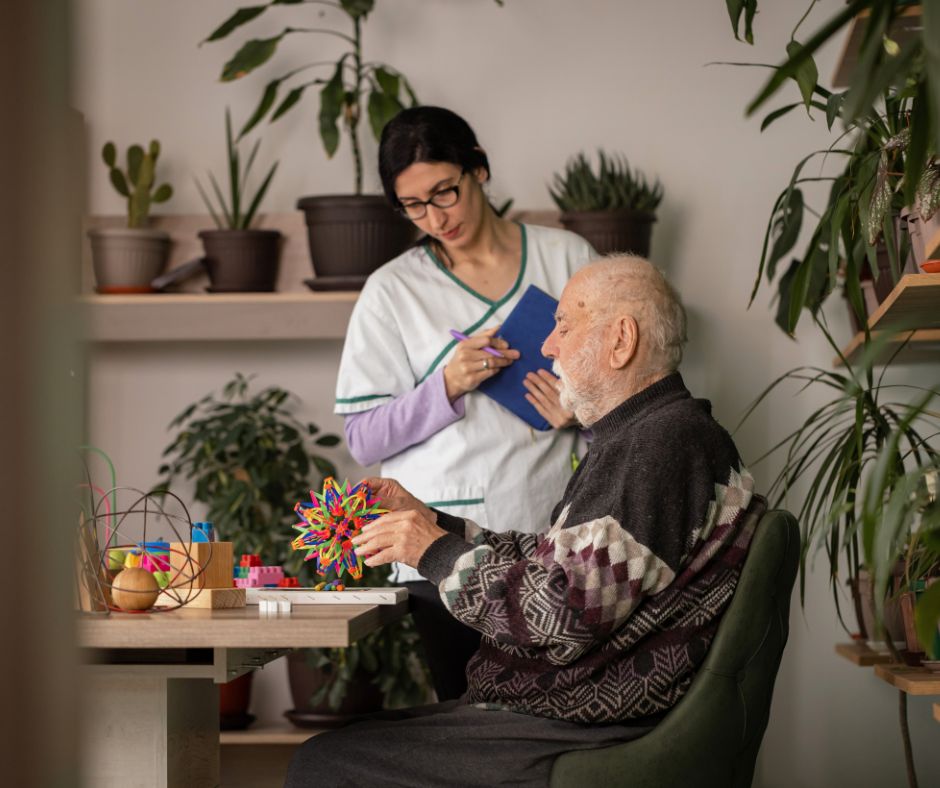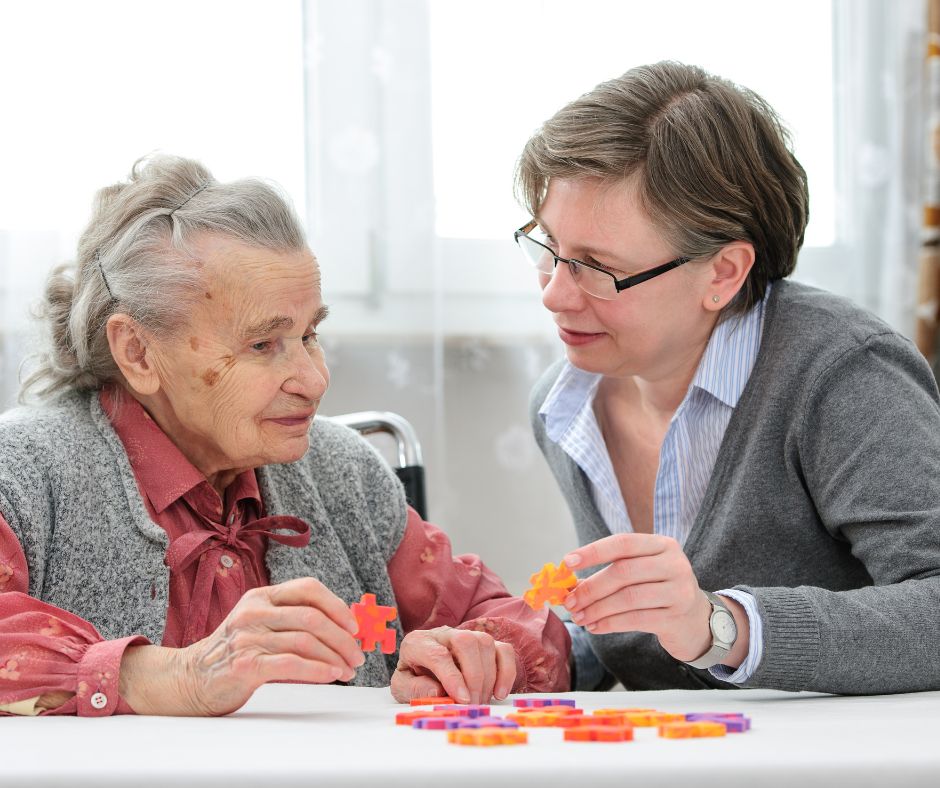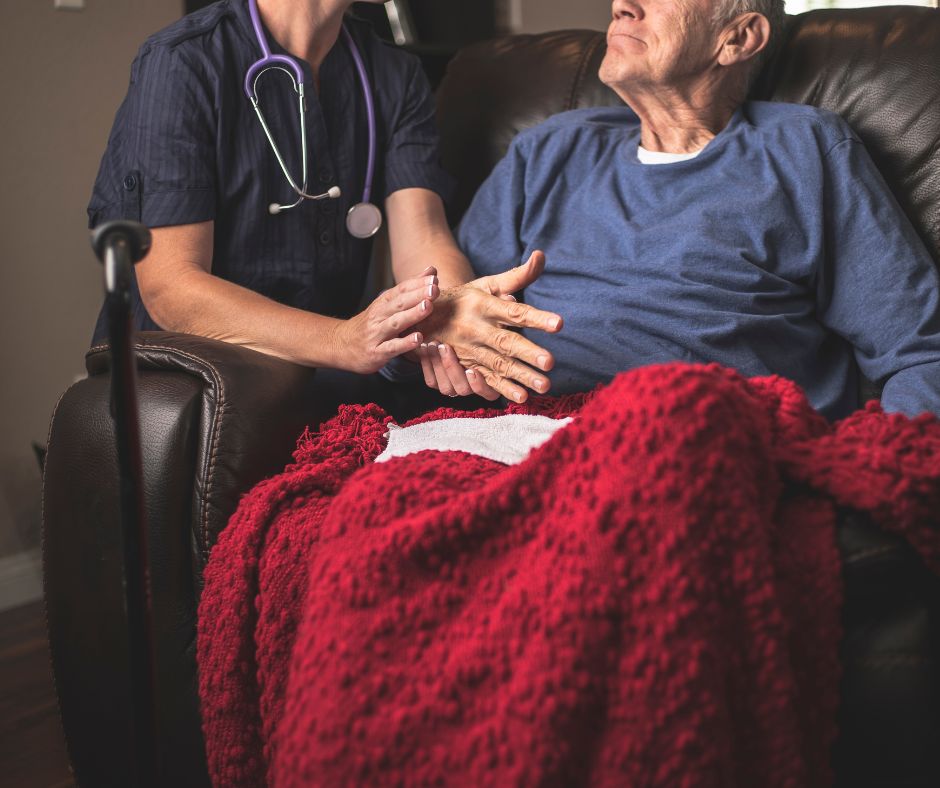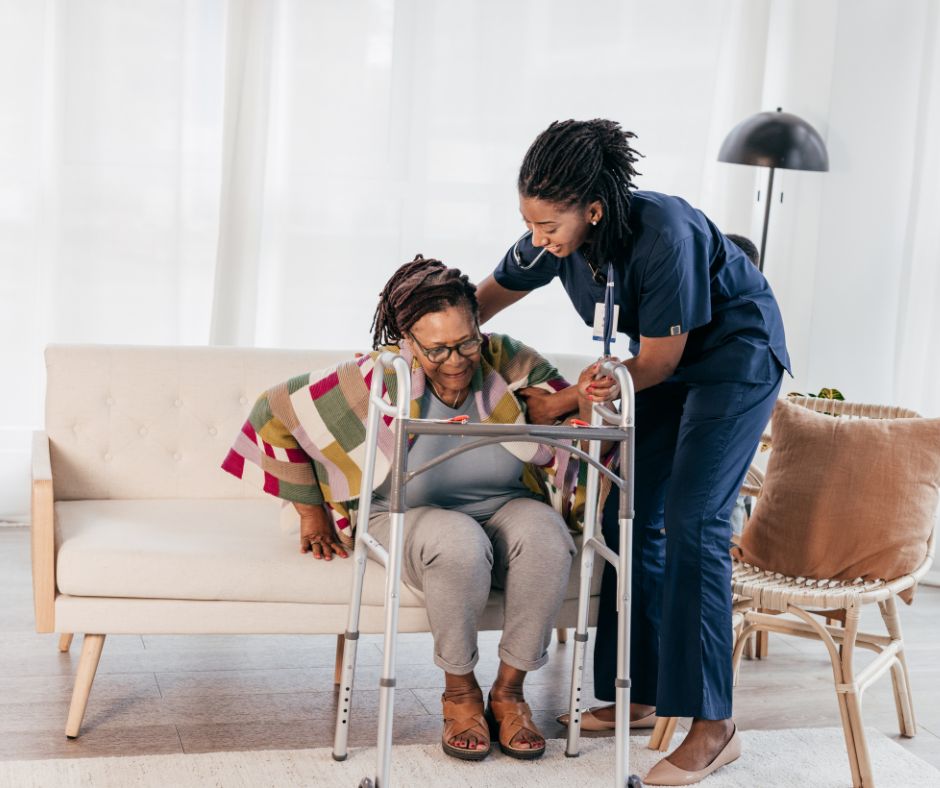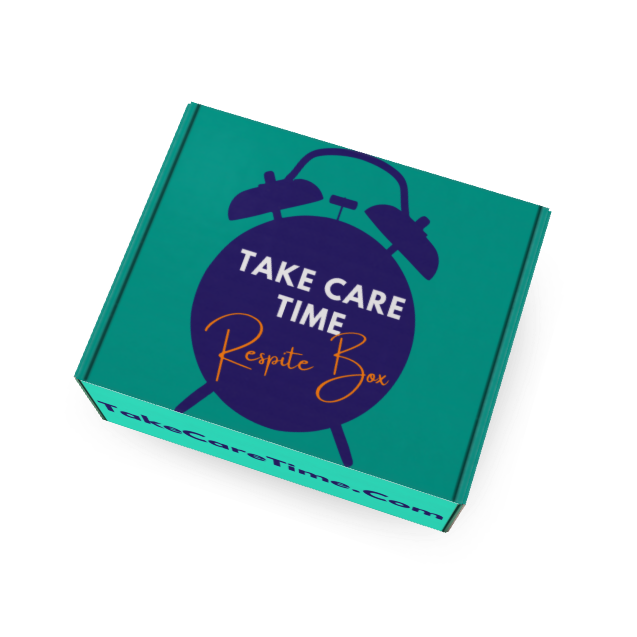Imagine Sarah, who works full-time while caring for her aging mother. Every moment not spent caregiving feels like a personal failure. Every compromise, every exhausted sigh, triggers a wave of guilt that threatens to overwhelm her sense of self-worth. Her story is not unique – it’s a shared experience for countless caregivers struggling to balance compassion with personal limitations, resulting in caregiver guilt.
Caregiver guilt is a silent burden that weighs heavily on millions who support family members through illness, aging, and/or disability. Many caregivers experience significant emotional distress, with guilt emerging as a particularly challenging emotion. These emotions are common, but they don’t have to define your caregiving journey.
Contents
The Origins and Impact of Caregiver Guilt
What is caregiver guilt?

Caregiver guilt is an emotional response that many caregivers experience when they feel they’re not doing enough for their loved ones or when they prioritize their own needs. It’s a complex emotion that can stem from various sources and manifest in different ways. According to a 2023 survey by AARP, 50% of caregivers reported that caregiving increased their level of emotional stress.
Caregiver guilt can be both productive and destructive. Productive guilt can motivate you to provide better care, while destructive guilt can lead to burnout and negatively impact your mental health.
Common triggers for caregiver guilt include:
- Taking time for yourself
- Feeling frustrated or angry with your care recipient
- Considering professional care options
- Not being able to do everything perfectly
Psychological roots of caregiver emotions
The emotions caregivers experience, including guilt, are deeply rooted in personal and family dynamics. Your upbringing, cultural background and individual values all shape your emotional responses to caregiving.
For instance, in some cultures, there’s a strong expectation that adult children will care for their aging parents. This societal pressure can intensify feelings of guilt when caregivers struggle to meet these expectations.
The emotional toll of guilt

Caregiver guilt can have significant mental health implications. Chronic guilt can lead to:
- Depression and anxiety
- Increased stress levels
- Lowered self-esteem
- Difficulty in decision-making
The physical manifestations of this emotional burden can include:
- Sleep disturbances
- Weakened immune system
- Chronic fatigue
- Headaches and muscle tension
How to Manage Caregiver Guilt
Managing guilt isn’t just about quick fixes—it’s about creating a lasting, healthy approach to caregiving.

Change your perspective
Caregiving is a choice. Reframe your thinking to see it as a privilege, not a burden to endure.
Self-compassion and emotional healing

Practicing self-compassion is crucial in managing caregiver guilt. Here are some strategies to cultivate self-compassion:
- Develop mindfulness techniques: Mindfulness can help you become more aware of your thoughts and emotions without judgment. Try setting aside 5-10 minutes each day for mindfulness meditation.
- Learn positive self-talk strategies: Replace self-critical thoughts with more supportive ones. For example, instead of “I’m not doing enough,” try “I’m doing the best I can with the resources I have.”
- Create personalized emotional support systems: Identify people you can turn to when you’re feeling overwhelmed. This could be friends, family members, or a support group for caregivers.
- Practice forgiveness and self-understanding: Recognize that making mistakes is part of being human. Treat yourself with the same kindness you would offer a friend in a similar situation.
Set realistic boundaries

Setting boundaries is essential to take care of your well-being and to continue providing care without burnout. Here’s how you can establish healthy caregiving limits:
- Identify your limits: Be honest about what you can and cannot do.
- Communicate clearly: Express your boundaries to family members and your care recipient.
- Learn to say no: It’s okay to decline additional responsibilities when you’re already at capacity.
- Prioritize self-care: Schedule time for activities that recharge you.
Remember, setting boundaries isn’t selfish; it’s necessary for providing quality care in the long term.
Change guilt into positive action
Instead of letting guilt weigh you down, channel it into positive actions:
- Develop gratitude practices: Start a gratitude journal where you write down three things you’re thankful for each day. This can help shift your focus from what you’re not doing to your blessings, progress and accomplishments.
- Recognize personal achievements: Celebrate small victories in your caregiving journey. Did you manage to get your loved one to eat a full meal? That’s worth acknowledging.
- Build resilience and emotional intelligence: Learn to identify and manage your emotions effectively. This can help you respond to challenging situations with more clarity and less guilt.
Research at Baylor University found that caregivers who practiced gratitude tend to have more emotional strength. They’re better at understanding others’ feelings and can handle the tough parts of caregiving more easily. Being grateful helps them cope with the challenges that come with taking care of someone.
Create a balanced life

Maintaining balance is key to sustainable caregiving. Here are some tips to help you create a more balanced life:
- Design personal care routines: Establish a daily routine that includes time for self-care activities like exercise, reading, or hobbies.
- Develop time management skills: Use tools like calendars or apps to organize your caregiving tasks and personal activities.
- Integrate self-care into daily responsibilities: Find ways to incorporate self-care into your caregiving duties. For example, listen to an audiobook while preparing meals.
- Maintain personal relationships and interests: Don’t let caregiving isolate you. Stay connected with friends and continue pursuing your interests.
Professional support and resources

Don’t hesitate to seek professional help when dealing with caregiver guilt. Here are some options to consider:
- Counseling: Individual therapy can provide personalized strategies for managing guilt and stress.
- Support groups: Connecting with other caregivers can offer validation and practical advice.
- Respite care: Short-term care services can give you a much-needed break.
Caregiver guilt is not a reflection of failure, but a testament to your deep compassion. When you practice healthy coping techniques and put your well-being first, you can navigate these challenges with grace and strength.
Your well-being matters just as much as the person you’re caring for. By taking care of yourself, you’re ensuring that you can provide the best possible care for your loved one. So, take a deep breath, give yourself some credit, and know that you’re doing (and have done) important and valuable work.
Reach out to a support group, speak with a counselor, or simply acknowledge your incredible contribution to your loved one’s life.
References
Addressing Caregiver Guilt. (2025). Ultimate Care. Retrieved from https://www.ultimatecareny.com/resources/addressing-caregiver-guilt
Building Caregiver Resilience. (n.d.). James L. West Center for Dementia Care. Retrieved from https://www.jameslwest.org/blog/building-caregiver-resilience/
Cefaratti-Bertin, S. (2024). Study Finds Gratitude Matters for Caregivers of People with Alzheimer’s. Baylor University. Retrieved from https://news.web.baylor.edu/news/story/2024/study-finds-gratitude-matters-caregivers-people-alzheimers
Gratitude Exercises for Seniors and Caregivers: Building Positive Connections and Resilience. (2024). Peak Medical Home Care. Retrieved from https://peakmedicalhomecare.com/2024/10/24/gratitude-exercises-for-seniors-and-caregivers-building-positive-connections-and-resilience/
Horovitz, B. (2023). More Than 60% Say Caregiving Increased Their Level of Stress and Worry, New AARP Report Finds. AARP. Retrieved from https://www.aarp.org/caregiving/health/info-2023/report-caregiver-mental-health.html
Kang, M. (2024). 4 Strategies to Manage Caregiver Guilt. Psychology Today. Retrieved from https://www.psychologytoday.com/us/blog/rebuild-your-life/202411/4-strategies-to-manage-caregiver-guilt
Maintaining Boundaries as a Caregiver: Go From Guilt to Glow. (n.d.). Mental Health America (MHA). Retrieved from https://mhanational.org/resources/maintaining-boundaries-as-a-caregiver-go-from-guilt-to-glow/
Schempp, D. (n.d.). The Emotional Side of Caregiving. Family Caregiver Alliance. Retrieved from https://www.caregiver.org/resource/emotional-side-caregiving/
Supporting caregivers with resilience and sense-of-purpose. (2024). Retrieved from https://www.uhc.com/news-articles/healthy-living/caregiving-resilience









